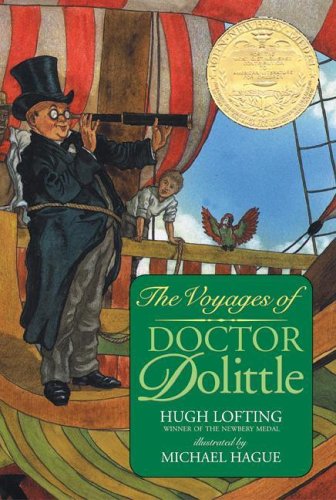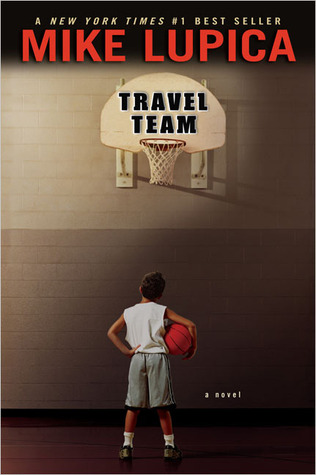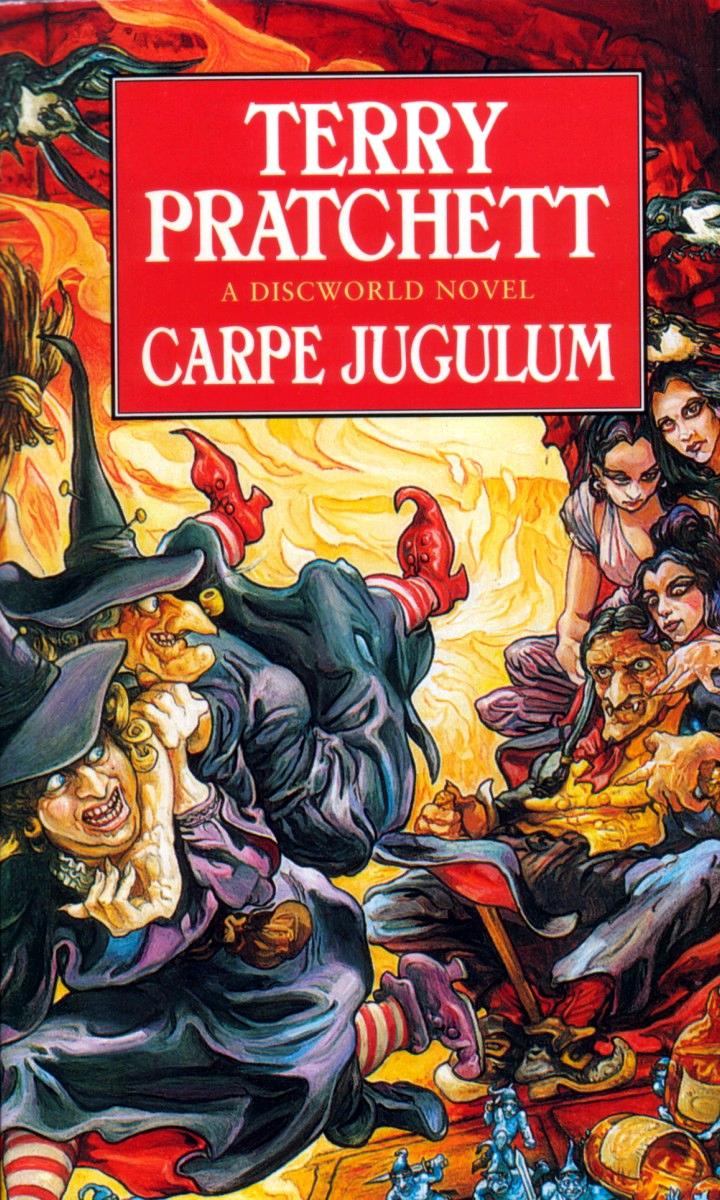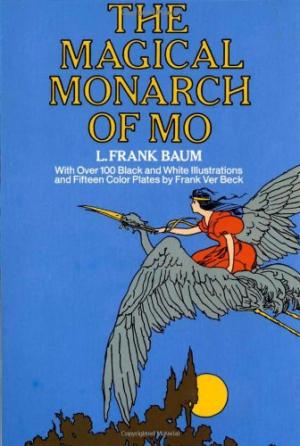[button color=”black” size=”big” link=”http://affiliates.abebooks.com/c/99844/77798/2029?u=http%3A%2F%2Fwww.abebooks.com%2Fservlet%2FSearchResults%3Fisbn%3D9780060776008″ target=”blank” ]Purchase here[/button]
We have already met the good doctor of Puddleby-on-the-Marsh, the one who talks to animals, the better to treat their aches and pains and to learn about the natural world. In this second book of his adventures, Doctor Dolittle gets a young assistant: Tommy Stubbins, who narrates this installment.
Tommy tells us how he befriended the amazing doctor, how he decided he wanted to be a naturalist too, and how he started to learn to talk the animals’ languages himself. First come some dry-land escapades, including a remarkable murder trial in which a dog becomes the key witness. Then the voyages properly begin.
Doctor Dolittle, Tommy, and several of their animal friends set sail. They are accompanied by their old friend Bumpo, an African prince who has been studying at Oxford, and whose hilarious mangling of fancy words shows how dangerous a little education can be. Unfortunately, their ship also carries a surprising number of stowaways, who add spice to the early stages of the journey.
Some of the incidents along the way include a curious bullfight, a narrow escape, a disastrous storm, and a conversation with a funny little fish called the fidgit. This proves to be the Doctor’s first lead in his quest to learn the language of shellfish. But before he can commune with the Giant Glass Snail, he must save the life of a South American Indian naturalist named Long Arrow, save the inhabitants of a floating island from an icy death, save a tribal village from an attacking enemy against overwhelming odds, …and then save himself from being stuck forever as king of Spider Monkey Island.
This sequel to The Story of Doctor Dolittle won the Newbery Medal in 1923, only the second year the award was given. It became a classic of children’s literature and led to ten more sequels, recommended for their excellence and their humanitarian spirit by such champions as Jane Goodall. They were translated into several languages and remain perennial favorites around the world. So it is amazing that for several years, this book and its companions were out of print in the U.S., where they were originally published. And when Dell considered reissuing the book in the 1980s, there was serious concern as to whether it could or should be done.
In an Afterword to the 1988 revised edition of this book, the author’s son Christopher Lofting explains this astonishing twist of fate. In spite of the book’s themes of compassion, understanding, and equality, it was hampered by a few expressions, and by some of the author’s illustrations, that echoed racial stereotypes. Such things were acceptable in the 1920s, but would be considered offensive and degrading now. So, to make this book ready for republication, some revisions had to be made. But this also presented problems: such as whether a literary classic ought to be submitted to censorship in a free country; such as whether an author’s work should be revised when the author himself (1886-1947) could no longer speak for it. After wrestling over this dilemma, the editors and publishers went ahead with the revised edition. The younger Mr. Lofting assures us that the textual changes are small and few, that the offending illustrations have been replaced with previously unpublished drawings by the author himself, and that in any event Hugh Lofting would have approved of the spirit in which the changes were made.
The reader may also, therefore, face a dilemma. By reading this book (as currently in print), one may be supporting an ominous precedent. It means that, for reasons of political correctness, classic pieces of literature may be subjected to censorship. It means that people who grew up loving the original text of the books may be confused by a later edition having a different text. It means that future generations may find it hard to sort out which version represents the authentic, authoritative Hugh Lofting.
On the other hand, if the alternative is not to be able to read this wonderful story, the risk may be worthwhile. And the bowdlerizing isn’t due to state policy, after all, but to the publisher’s concern that the original book’s occasional insensitivity to some readers’ racial identity would hurt its chances of being accepted by parents, teachers, and librarians. So, perhaps, we are better off being able to read it at all, even in an altered version. Perhaps the revisions are really necessary to make the book acceptable to present-day readers.
But it’s interesting to find such textual dilemmas in a work less than a century old. When we look back on the writings of Homer, Euripides, Aeschylus, and their lot, we find textual problems everywhere. A word changed here, a passage omitted there, material rearranged, the original text only to be guessed at and always under debate… Is this how it all began?




